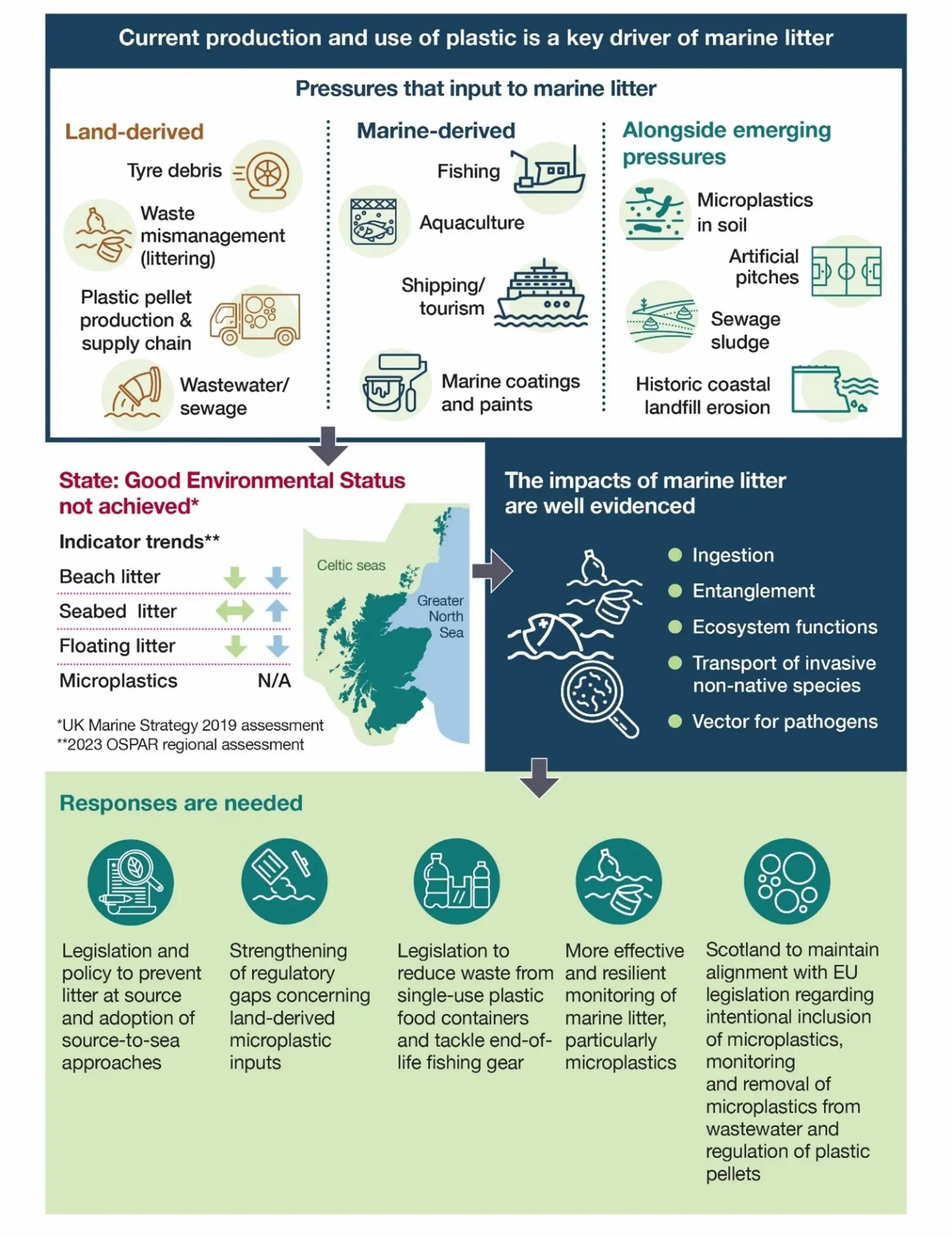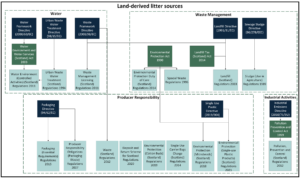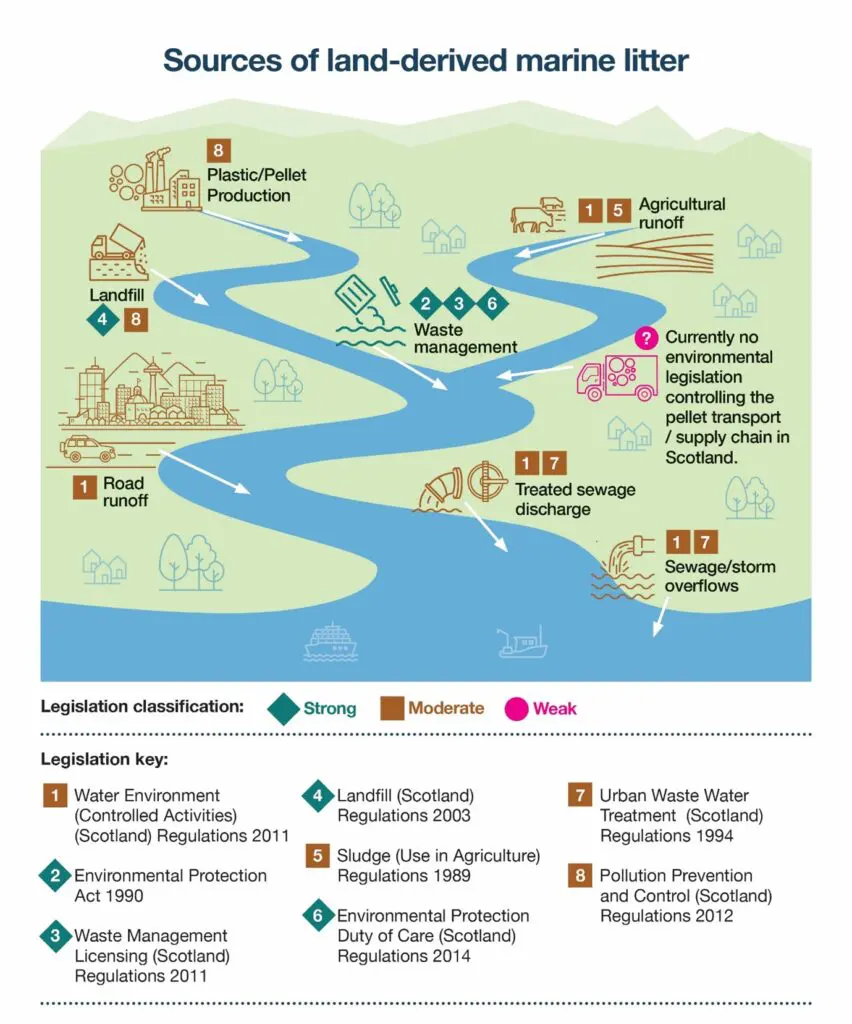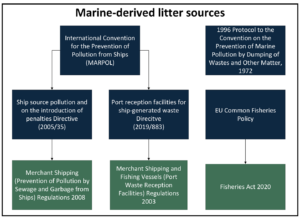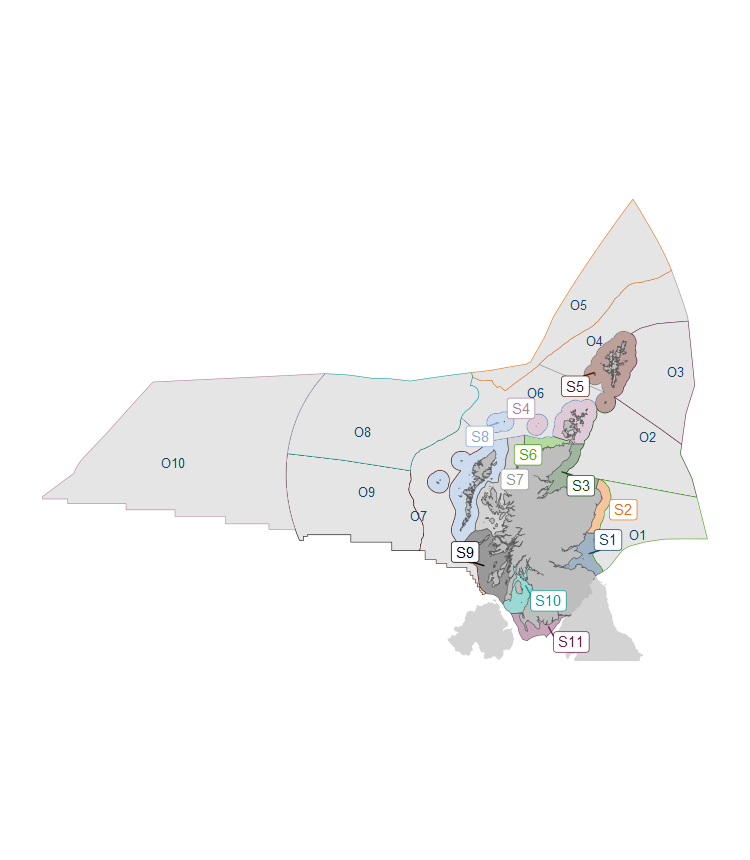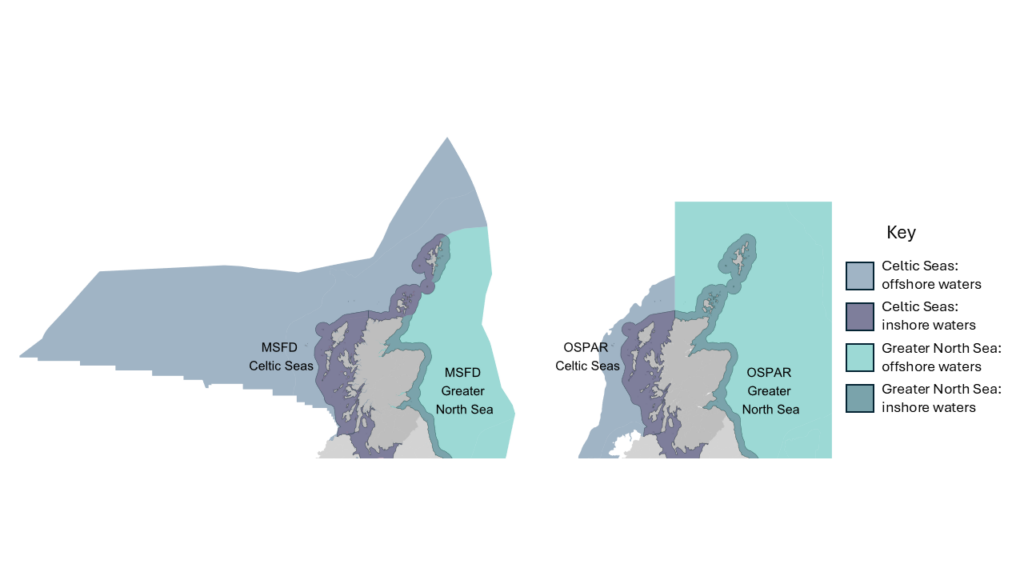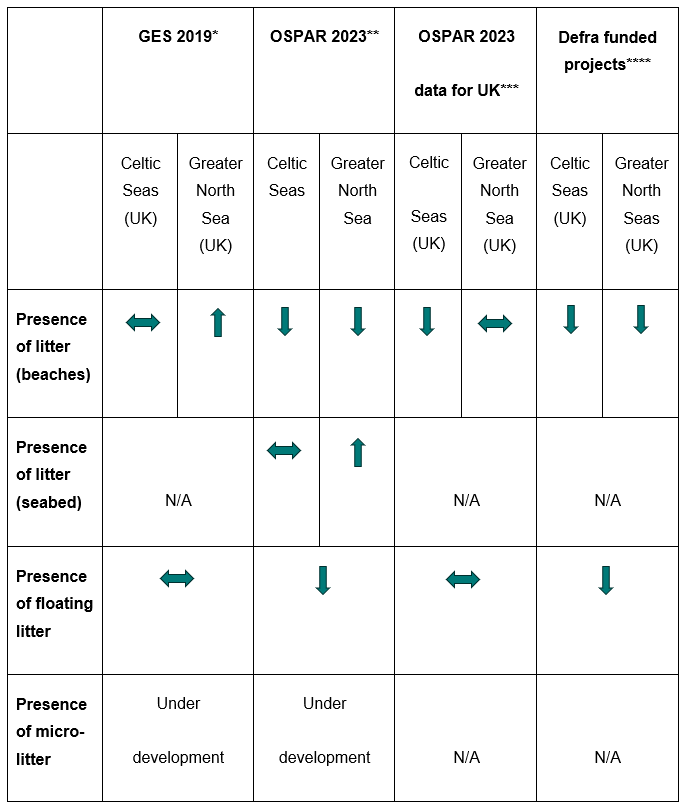Marine litter – an assessment of sources, controls and progress in Scottish seas
Report recommending greater co-ordination across legislation and policy controlling land-derived litter.
October 2024
Marine Litter – an assessment of sources, controls and progress in Scottish seas – October 2024.pdf
Download pdf (1.95 MB)
This document may not be fully accessible.

